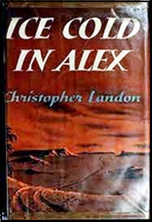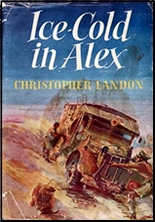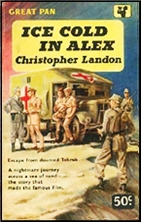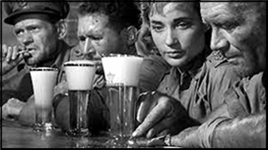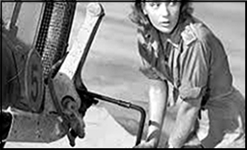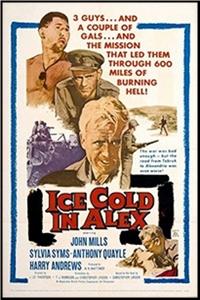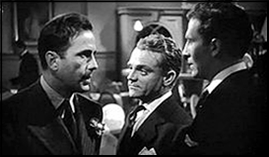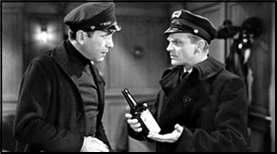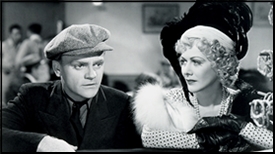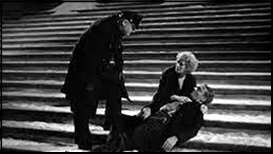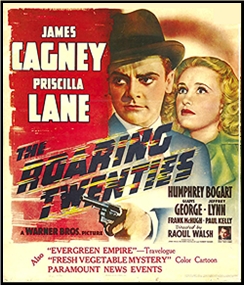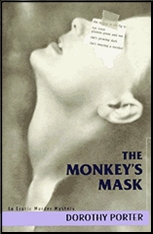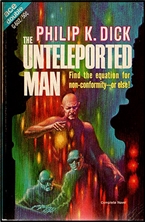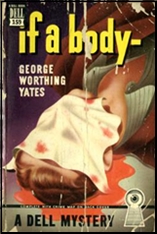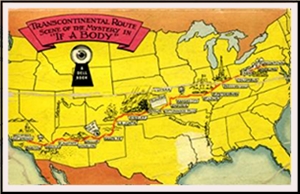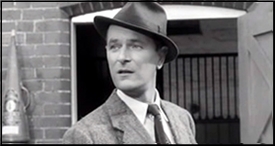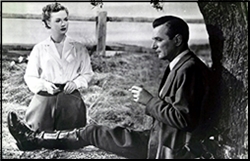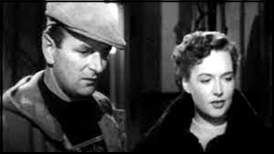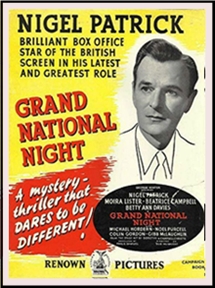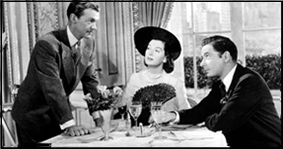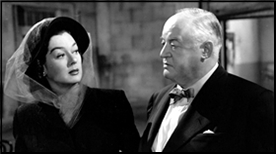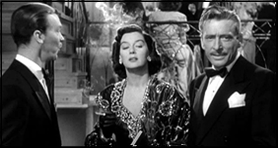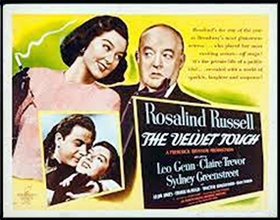FIRST YOU READ, THEN YOU WRITE
by Francis M. Nevins
There’s a general rule to which the most conspicuous exception in our genre is Agatha Christie: an author’s work dies with the author. Certainly Aaron Marc Stein’s has. Over a period of almost half a century he wrote a total of 114 novels, all but three of them whodunits, and at the peak of his career he was praised by Anthony Boucher of the New York Times Book Review as the most reliable professional detective novelist in America.
Try to find any of his books now. I began reading Aaron in my teens and got to meet him when he was in his early seventies. We remained friends for the rest of his life. Isn’t it time that I try to resurrect him?
He was the consummate New Yorker, born there on 15 November 1906, and for his college education went no farther than Princeton University, across the Hudson in New Jersey, from which he graduated in 1927, summa cum laude and Phi Beta Kappa. His first publisher was Covici Friede and his first novels, SPIRALS (1930) and HER BODY SPEAKS (1931), were of the avant-garde type and saw print thanks to endorsements from Theodore Dreiser.
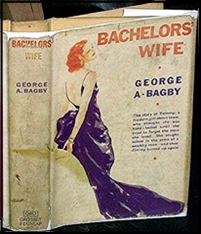
He then adopted the pseudonym of George Bagby for a long-forgotten romance novel, BACHELOR’S WIFE (1932). By this time he’d become interested in mystery fiction and, still using the Bagby byline, began writing what turned out to be a 48-book series of whodunits featuring Inspector Schmidt, a Manhattan police detective who is characterized mainly by taking off his shoes whenever possible, to ease the sore feet he developed in his early years as a beat cop.
The first three Schmidts were published by Covici Friede, with either Aaron or his editor opting to use Bagby as both the byline on the novels and the Watson figure. Bagby the character is not a cop but a professional writer commissioned to turn Schmidt’s cases into fiction. He calls himself Schmidty’s ghost writer but, since he not the Inspector is presented as the author, it’s more accurate to describe him as Schmidty’s chronicler, just as S.S. Van Dine, still a name to reckon with in the first half of the 1930s, was the chronicler of his detective hero, although Bagby is much more vivid than his unheard and invisible counterpart in the Philo Vance novels.
***
The fourth Schmidt, which is the earliest I have on my shelves, was the first of dozens of Aaron’s novels published over the next near half-century by Doubleday Crime Club. With the income from his early books rather paltry, he prudently kept the day job he’d held since shortly after graduating from Princeton, as a reporter for the New York Evening Post.
Eventually he became the paper’s radio critic, learned a huge amount about the inner workings of a broadcasting system, and put his knowledge to use in MURDER ON THE NOSE (1938). Schmidty and Bagby are implausibly first on the scene when the report comes in of what might almost be a John Dickson Carr impossible-crime situation: At the end of his signature tune “I Telegraph My Love to You,†and simultaneous with the sound of a clashing cymbal from the small orchestra backing him up, radio crooner Roddy James has been shot to death by an invisible assassin with an invisible gun in a broadcast studio full of people who saw nothing and heard nothing.
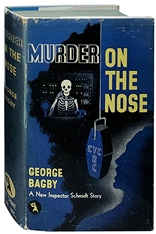
It soon develops that everyone on the scene — the musicians, the announcer, the sound control engineer, the sponsor — had opportunity to commit the murder, but no one seems to have a motive, and the only real mystery besides the obvious one of how-was-it-done concerns why the program’s sponsor, a manufacturer of toothache remedies, insisted on James as the program’s singer when he was unpopular, technically inept, and did nothing to promote the sponsor’s product.
Eventually there’s a second murder, a poisoning in a jazz club, and then a third, which bears a cousinly resemblance to the first, the victim this time being shut inside the broadcast system’s transmitter and electrocuted. With Schmidt we learn a great deal about the inner workings of 1930s radio before the solution, which is perhaps a bit too technical but indicates that Aaron must have done a prodigious amount of research into the nuts and bolts of broadcasting.
There are far too many said substitutes, the most overused of the lot being “murmured,†and a few incidental details, like the group of female gospel singers from Harlem who keep turning up at murders, are treated in a manner that might offend some 21st-century political correctness freaks. But I must say I enjoyed the book and am delighted to have had Aaron sign my copy more than forty years ago.
***
Before his next novel appeared, Aaron started working as a staff writer on Time magazine but he waited a few years to make use of that background. For the sixth Schmidt, THE CORPSE WITH THE PURPLE THIGHS (1939), he tapped into memories of his tenth reunion at Princeton in 1937, which I can’t believe was as chaotic or liquor-soaked as its fictional counterpart.
Although neither the town of Princeton nor its university is mentioned specifically, Bagby tells us that he is of the class of 1927, which Aaron was too. Having traveled by train to the nameless town from whose nameless university he’d graduated ten years earlier, and wearing the pirate costume that is the uniform for the class of ‘27, George makes for the firehouse that is serving as headquarters for the alumni of his year. (Alumni is precisely the right word here since all the grads are men. Princeton didn’t go co-ed until the late 1960s.)
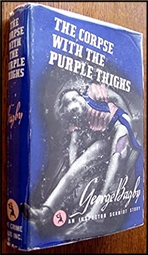
After some imbibing and a crap game he leaves the firehouse and, in the alley alongside the building, stumbles in the dark over what he first assumes is a drunk sleeping it off but quickly discovers is a corpse. He calls the local police, then returns to the alley with a fellow member of the class of ‘27 who’s a doctor. Voila! No corpse.
The Inspector drives down, arriving late that night, and tells Bagby that someone tried to run his car off the road after he’d stopped for directions at a local roadhouse, which happens to be run by a scar-faced mobster. Schmidty immediately takes over the local police department and soon gets to meet several of Bagby’s classmates including that doctor, a football hero known as Stinker, a congenital drunk known as Zipper, and a guy with a movie camera who’s determined to get every member of the class into his film.
Complications keep piling up during the long Friday night and, thanks to a total of three murders (the same total as in MURDER ON THE NOSE), nobody gets much sleep. Soon after the traditional Saturday morning parade of the various classes of grads, Schmidty pulls the proverbial rabbit out of the hat and, with total unfairness to the reader, collars the killer.
Bagby’s summary of everything that happened consumes several pages and leaves us wondering why the culprit made such a microscopically detailed confession. Frankly, I found this exploit rather uninvolving. Could Aaron have made a mistake taking Schmidty out of the big city? I didn’t try to count the number of lines of dialogue that the characters murmur but it must be huge.
***
We’re back in Manhattan with the next Schmidt novel, THE CORPSE WORE A WIG (1940). Like the previous books I’ve discussed here, this one features three murders, a very tight time frame, and countless lines of dialogue that their speakers murmur. (On one page that verb appears three times in ten short paragraphs.)
We also find what in later years was to become one of Aaron’s trademarks, a host of long long sentences worthy of Hegel or Faulkner. Here’s a typical example from early in Chapter One.
Just as my long career as Schmidty’s ghost has convinced me I cannot hope to rival his capacity for unraveling the tangled threads of a crime into its logical components and reassembling these into the inevitable web of the crime’s true texture, just so I do flatter myself that I have profited from this association with Schmidty at least to the extent of being able to confront a simple point of evidence with an open mind and read it for what it is worth.
The plot begins when a medical examiner doing a routine autopsy on another doctor, who seems to have died of natural causes, calls in Schmidty upon discovering that, as per the title, the cadaver was wearing a hairpiece — and beneath it a bullet hole which, on its way into the top of his skull, penetrated a perfectly fine head of hair identical to the wig.
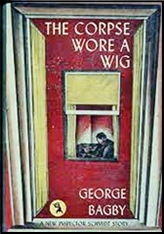
With Bagby in tow as usual, the Inspector visits the dead man’s office and residence, on the ground floor of an East 77th Street apartment building, and soon discovers that the doctor had only seven patients and wanted no more.
Questioning his nurse and her artist boyfriend reveals that the doctor had taken up the hobby of etching, and that a great deal of the cyanide he’d been using in his hobby is missing. During the Q&A two visitors come knocking, a former criminal turned theatrical wigmaker and a clearly but subtly gay hairdresser who prefers to be called a scalp specialist.
It soon develops that the doctor derived most of his income from operating a private medical service for injured criminals. Later that day the wigmaker and an employee of the hairdresser are found poisoned, giving us the requisite three bodies. Before midnight Schmidty has solved all three crimes, although Aaron denies us any chance to anticipate the solution and reveals the little-known fact that triggered Schmidt’s suspicions only in the last paragraph.
Nevertheless I sort of liked the book, mainly because of some interesting situations — would a woman try to create an alibi by tethering herself to a permanent-wave machine that burned her hair and scorched her scalp? — and the glimpses of offtrail environments like the wigmaking and hairdressing emporiums. But purely as a detective novel it’s nothing special.
***
The eighth in the series, RED IS FOR KILLING (1941), differs from earlier Bagby novels in several respects. There’s only one murder — supplemented by two near-fatal assaults, one of them on Bagby himself — the time span covers two whole days and nights, and Aaron seems to have cured himself of the Faulkner sentence syndrome and murmuritis.
He also made such use of his stint at Time magazine, which he portrayed (whether fairly or not I have no idea) as a zoo full of screwballs writing their journalism in a wacko parody of normal English, that he would surely have been fired if he hadn’t already resigned to become a professional novelist.
Schmidt and Bagby visit the offices of the upstart newsmagazine Tidings, on the top three floors of the same skyscraper that houses the Coast to Coast Broadcasting Network from MURDER ON THE NOSE, when the body of its newest employee, the sharp point of a letter spike buried in the back of his neck, is found in one room of the magazine’s offices, a special library devoted to the collapse of an automotive empire.
His aching feet encased in comfortable slippers, Schmidty comes to suspect that the more he learns about the dead man and why he was hired the more likely he’ll find the murderer, and starts questioning several of the Tidings brass — a can of mixed nuts of the first water — and a few outsiders including an obnoxious gossip columnist, a politically ambitious plutocrat and the widow of one of the men involved in that business collapse.
Readers are apt to figure out the late Harold Quimby’s real identity sooner than Schmidt does but have no chance of solving the murder puzzle ahead of the Inspector since Aaron as usual has no interest in playing fair. But his vivid if perhaps biased evocation of the newsmagazine environment, foreshadowing his explorations of various Manhattan milieus in later novels, helps make RED IS FOR KILLING one of his better early efforts.
***
Those efforts consist of nine Bagbys plus the first four whodunits published under his own name, which featured the archaeologist/amateur detective team of Tim Mulligan and Elsie Mae Hunt.
What put an end to his first period was Pearl Harbor. He joined the Office of War Information and later the Army, in which he served as a cryptographer. On his return to civilian life he went back to writing full-time and continued to do so until his death forty years later.
It was the novels he wrote in the late Forties and Fifties that led Anthony Boucher to call him the most reliable American practitioner of his genre. In later columns I hope to explore some of them.


